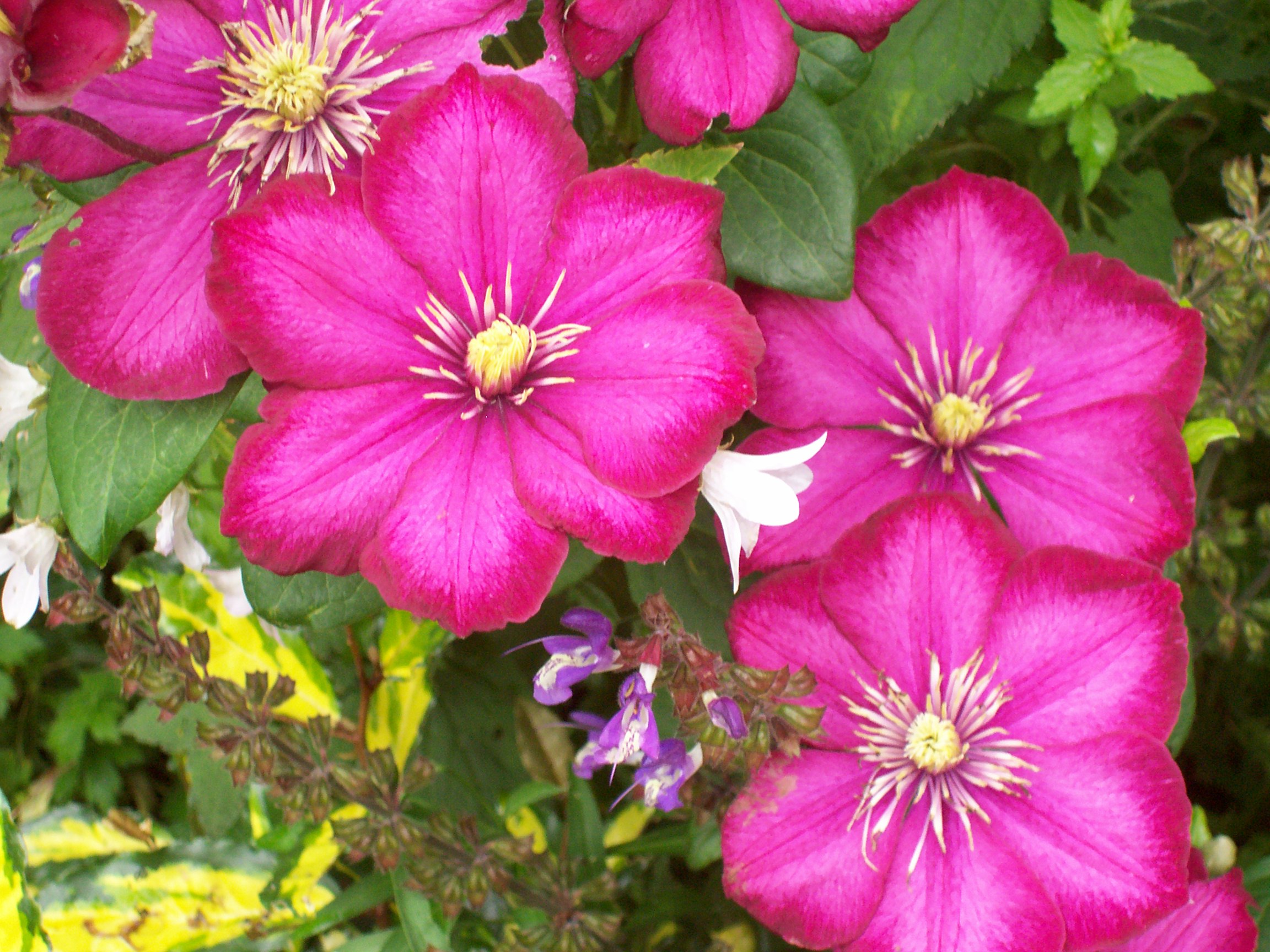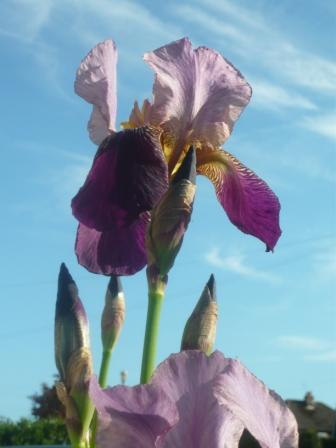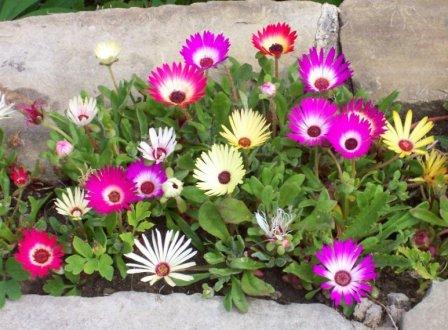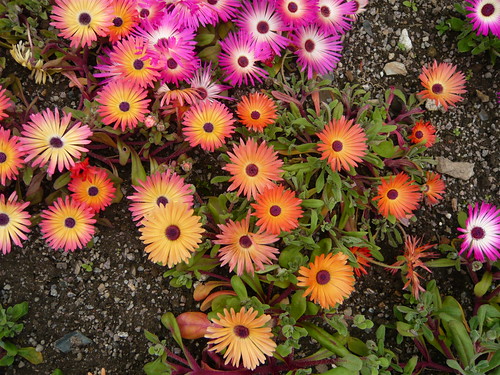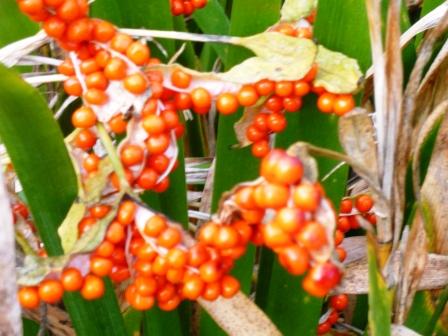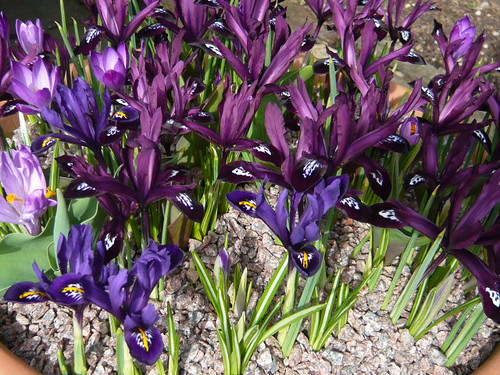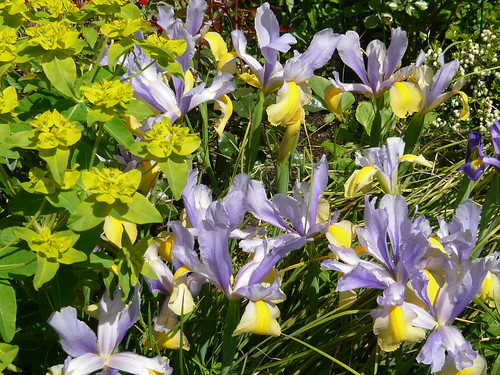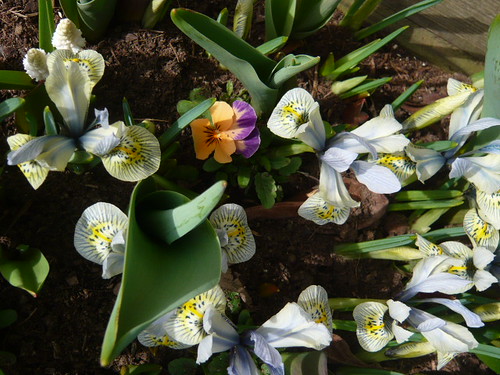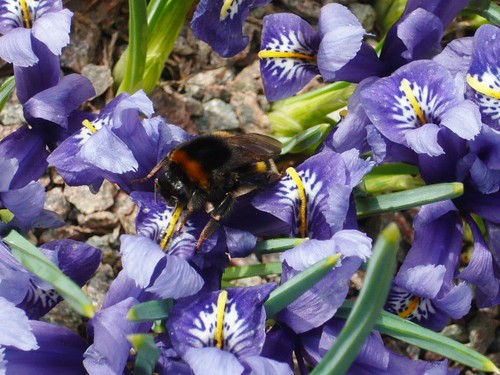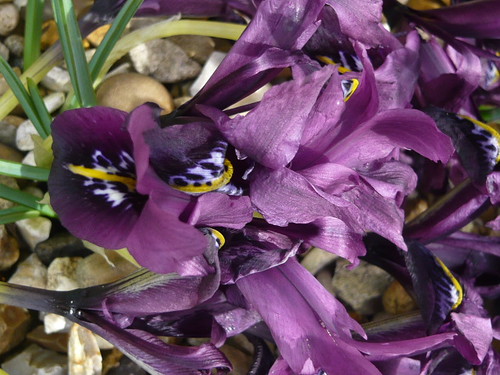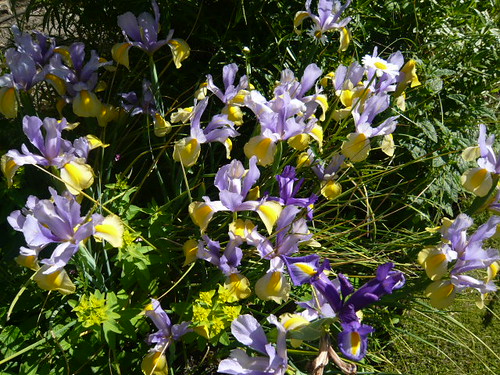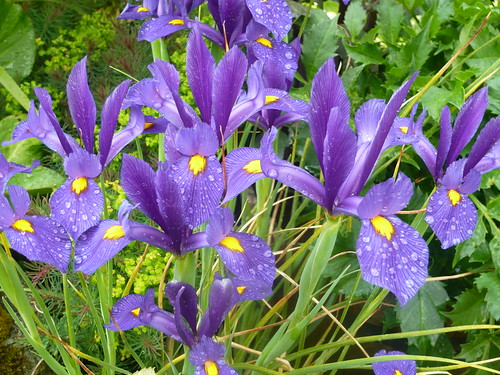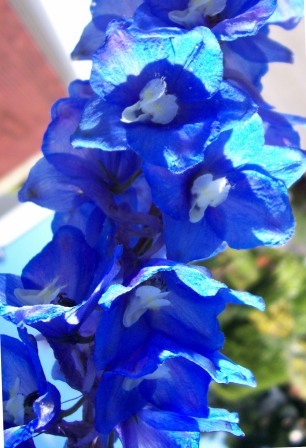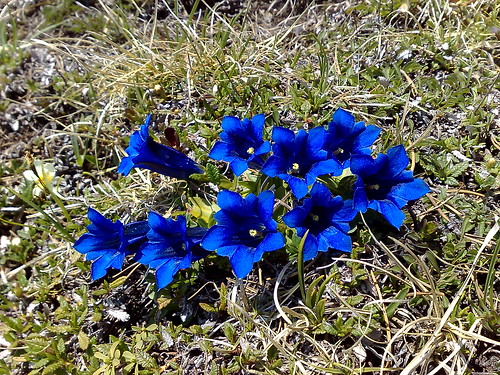Daffodil Blindness
Daffodil Blindness occurs when daffodils fail to flower, i.e the green leaves appear, but no flowers. I am updating this post formerly released in 2014 as I have just experienced annoying blind daffodils. I bought a pot of narcissus supposedly to produce a ‘generous number of richly scented bicoloured blooms’ . From 5 bulbs I only got one stem with a sparse flower. I should have read this reminder first! I was blind sided when I bought them.
Causes of Daffodil Blindness
- Poor quality bulbs. If it is the first year of planting and your daffodils are blind, it is probably poor quality or new bulbs. If you buy bulbs from a reputable supplier, they really should be flowering in the first year, however you treat them.
- Planting Depth too Shallowly. Many people fail to plant daffodils sufficiently deep. If bulbs are too close to the surface they tend to suffer from a lack of water and food, therefore they fail to flower.
- Crowded Bulbs. If bulbs are planted too closely together, then they will be competing with each other for food and water and more likely to have insufficient food for themselves.
- Drought / Lack of Nutrient. If there is a lack of water in previous year they may come up next year as blind.
- Disease. It is possible disease reduces strength of daffodils.
- Leaves cut off after flowering. Unfortunately, people like to tidy their garden and cut off unsightly leaves. But, this prevents them from gaining enough strength. You can deadhead (so they don’t waste energy producing seed) but you should only cut back leaves when they start turning yellow.
- Aging. Older bulbs can become ‘tired’ and less likely to flower as the years go by.
How To Solve Daffodil Blindness
- Unfortunately, once daffodils come up blind, you may have to be very patient and wait one or two years for them to regain strength to flower. In some cases, you might prefer to dig up and replant new bulbs in the autumn.
- However, if you want you can try to make them reflower. If they were planted too shallow, you can dig up and replant at proper depth (3 times bulb length). E.g. 5 cm big bulb should be planted 15cm below soil surface.
- If blindness is caused by overcrowding, it is definitely worth digging up and trying to split. Planting at proper spacings (2-3 distance of width of bulb)
- Water and Feed. One of the best ways to prevent daffodil blindness is to water with liquid feed when the leaves are green. This helps strengthen bulb for next year.
- Keep weeds at bay. Weeding with hoe prevents weeds competing for water. It also helps to keep daffodil fly ‘narcissus fly’ at bay.
- Keep splitting bulb stock and giving new ‘child’ bulbs chance to grow.
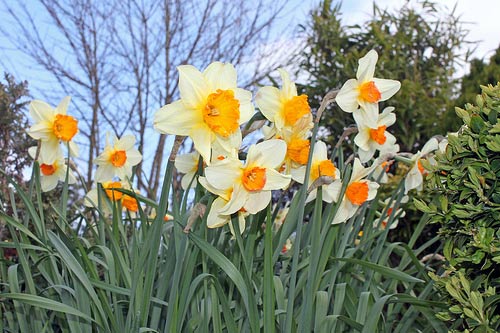


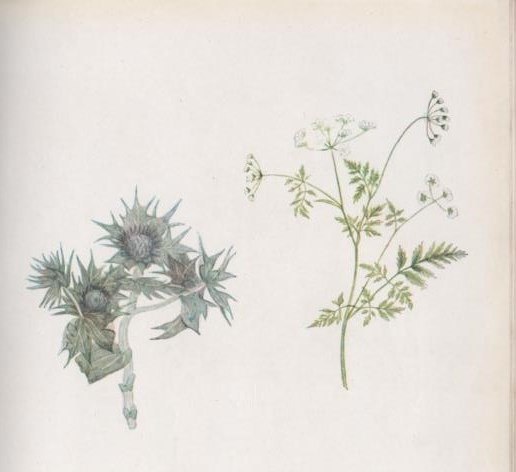
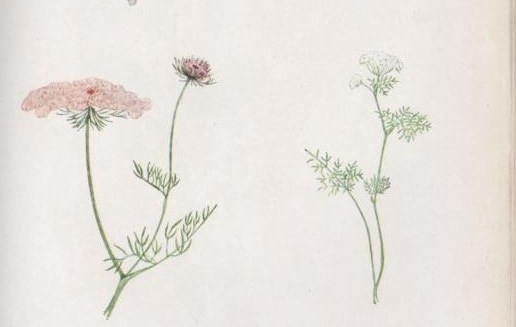
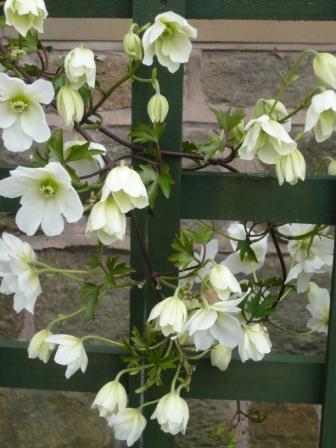 Positives for Clematis
Positives for Clematis